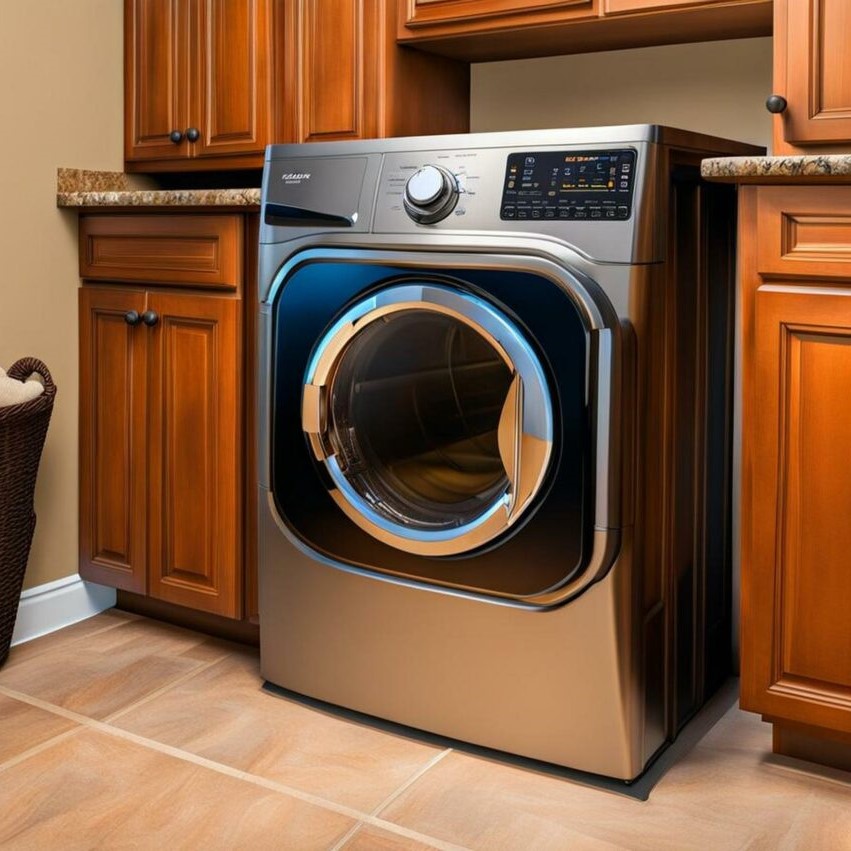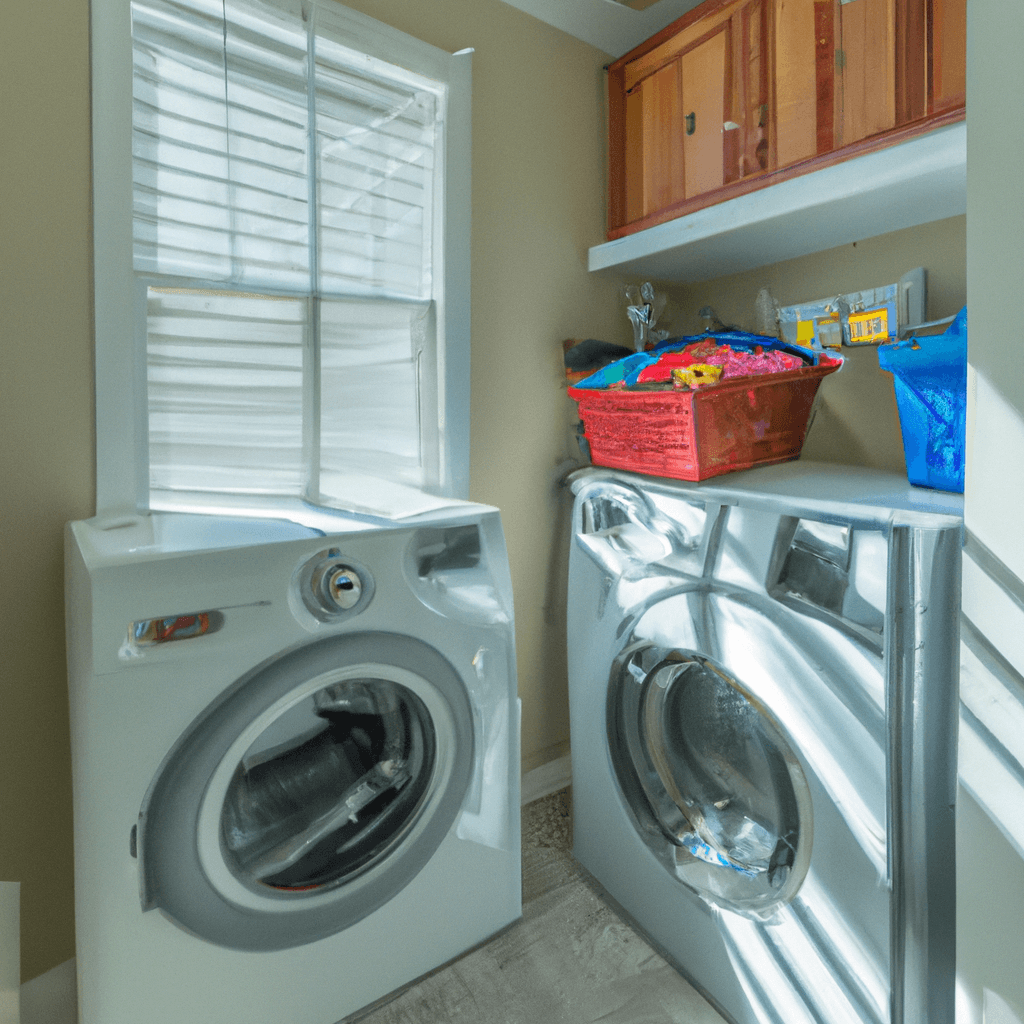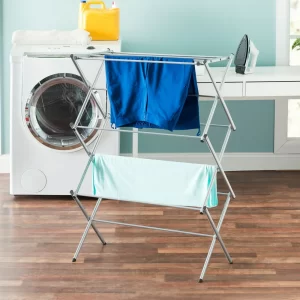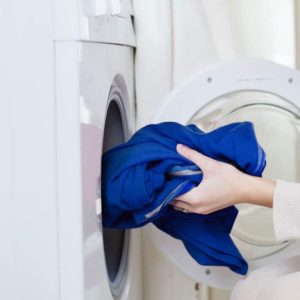Why Your Clothes Dryer Not Heating and How to Fix It
When your clothes dryer is not heating, it can be both frustrating and inconvenient. A non-heating dryer means your laundry takes much longer to dry, which can disrupt your daily routine. Understanding the common causes behind a clothes dryer not heating can help you troubleshoot and resolve the issue efficiently. In this comprehensive guide, we will explore the various reasons why your dryer might not be producing heat and provide step-by-step solutions to get it back up and running smoothly.
Understanding How a Clothes Dryer Works
Before diving into the troubleshooting process, it’s essential to understand the basic components and operation of a clothes dryer. A typical electric dryer consists of several key parts:
The Heating Element
The heating element is responsible for generating the heat that dries your clothes. It works by converting electrical energy into thermal energy. If the heating element is faulty, your dryer won’t produce the necessary heat.
The Thermostat
Thermostats regulate the temperature inside the dryer. They ensure that the dryer doesn’t get too hot, which could be a safety hazard. A malfunctioning thermostat can prevent the dryer from heating properly.
The Thermal Fuse
The thermal fuse acts as a safety device to prevent overheating. If the dryer overheats, the thermal fuse will blow, cutting off power to the heating element. A blown thermal fuse can cause the dryer not to heat at all.
The Power Supply
Dryers require a specific voltage to operate correctly. For electric dryers, this typically means a 240-volt supply. If there’s an issue with the power supply, such as a tripped breaker or a blown fuse, the dryer may not function properly.
Common Causes of a Clothes Dryer Not Heating
Several factors can lead to a clothes dryer not heating. Identizing the root cause is the first step toward finding an effective solution.
1. Blown Thermal Fuse
One of the most common reasons for a non-heating dryer is a blown thermal fuse. As a safety measure, the thermal fuse will blow if the dryer overheats. Once this fuse is blown, it needs to be replaced for the dryer to heat again.
2. Faulty Heating Element
The heating element can wear out over time or become damaged, preventing the dryer from producing heat. A damaged heating element often requires replacement.
3. Defective Igniter (Gas Dryers)
For gas dryers, a defective igniter can prevent the burner from igniting, leading to no heat production. Replacing the igniter can resolve this issue.
4. Broken Cycling Thermostat
The cycling thermostat monitors the temperature and cycles the heating element on and off. If it’s broken, it might not allow the dryer to heat properly.
5. Malfunctioning Timer
A faulty timer can disrupt the dryer’s heating cycle, causing it not to heat. Replacing the timer may be necessary to restore heating functionality.
6. Power Supply Issues
Electric dryers require a 240-volt power supply. If the dryer is not receiving the correct voltage due to a tripped breaker or blown fuse, it won’t heat.
7. Clogged Ventilation System
A clogged vent can restrict airflow, causing the dryer to overheat and shut off the heating element. Cleaning the lint trap and ventilation system can prevent this issue.
How to Diagnose a Clothes Dryer Not Heating
Diagnosing the problem accurately is crucial for effective troubleshooting. Here’s a step-by-step guide to help you identify why your dryer is not heating.
Step 1: Check the Power Supply
Ensure that the dryer is plugged in and that the power cord is not damaged. Verify that the circuit breaker hasn’t tripped. For electric dryers, make sure both the 240-volt and 120-volt connections are secure.
Transitioning to next steps, if the power supply is intact, proceed to inspect the dryer’s internal components.
Step 2: Inspect the Thermal Fuse
Locate the thermal fuse, typically found on the blower housing or near the heating element. Use a multimeter to test its continuity. If the thermal fuse is blown, it will need to be replaced.
Step 3: Test the Heating Element
Access the heating element by removing the dryer’s panel. Use a multimeter to check for continuity. A lack of continuity indicates a broken heating element that must be replaced.
Step 4: Examine the Thermostat
Test the dryer’s thermostats with a multimeter to ensure they are functioning correctly. Replace any faulty thermostats to restore proper heating.
Step 5: Check the Igniter (Gas Dryers)
For gas dryers, inspect the igniter for cracks or breaks. A defective igniter will need replacement to allow the burner to ignite properly.
Step 6: Assess the Timer
Remove the timer and test it with a multimeter. If the timer is faulty, it should be replaced to ensure the dryer cycles correctly.
Step 7: Clean the Ventilation System
Ensure that the lint trap and external vent are free from obstructions. Clean the lint trap after every use and periodically inspect the vent to prevent clogs.
Step-by-Step Solutions to Fix a Clothes Dryer Not Heating
Once you’ve diagnosed the issue, follow these detailed steps to fix your dryer.
Replacing a Blown Thermal Fuse
- Unplug the Dryer: Always ensure the dryer is disconnected from the power source.
- Access the Thermal Fuse: Remove the dryer’s back panel or internal panels to locate the thermal fuse.
- Remove the Old Fuse: Disconnect the wires and take out the blown thermal fuse.
- Install the New Fuse: Connect the new thermal fuse in place.
- Reassemble the Dryer: Put the panels back and secure them with screws.
- Test the Dryer: Plug in the dryer and run a cycle to ensure it heats properly.
Replacing a Faulty Heating Element
- Unplug the Dryer: Safety first—disconnect the dryer from power.
- Locate the Heating Element: Remove the drum or panels to access the heating element.
- Remove the Element: Disconnect any wires and unscrew the heating element from its mounts.
- Install the New Element: Position the new heating element and secure it with screws.
- Reconnect Wires: Attach the electrical connections to the new element.
- Reassemble and Test: Put everything back together and run the dryer to check for heat.
(Gas Dryers) Replacing a Defective Igniter
- Turn Off Gas Supply: Ensure the gas supply to the dryer is turned off.
- Access the Igniter: Remove the dryer’s front panel to find the igniter.
- Remove the Old Igniter: Disconnect any wires and take out the faulty igniter.
- Install the New Igniter: Position the new igniter and secure it.
- Reconnect the Gas Supply: Restore the gas connection.
- Test the Dryer: Run a cycle to verify that the burner ignites and produces heat.
Fixing a Broken Cycling Thermostat
- Unplug the Dryer: Disconnect from the power source.
- Locate the Thermostat: Access the thermostat near the heating element.
- Test for Continuity: Use a multimeter to check the thermostat’s functionality.
- Replace if Faulty: Remove the defective thermostat and install a new one.
- Reassemble and Test: Put the dryer back together and run a test cycle.
Replacing a Malfunctioning Timer
- Unplug the Dryer: Ensure safety by disconnecting power.
- Remove the Control Panel: Access the timer by removing the control knobs and panel.
- Extract the Timer: Unscrew and remove the faulty timer from the control panel.
- Install the New Timer: Position and secure the new timer in place.
- Reconnect Wires: Attach any necessary electrical connections.
- Reassemble and Test: Put back the control panel and run a cycle to check functionality.
Addressing Power Supply Issues
- Check the Circuit Breaker: Ensure that the dryer’s circuit breaker hasn’t tripped. Reset if necessary.
- Inspect the Power Cord: Look for any signs of damage or wear on the cord.
- Test the Outlet: Use a multimeter to verify that the outlet is supplying the correct voltage.
- Replace if Needed: If the outlet is faulty, consider replacing it or consulting an electrician.
Cleaning the Ventilation System
- Disconnect the Dryer: Unplug the dryer from the power source.
- Remove the Lint Trap: Clean out any lint accumulation.
- Inspect the Vent Hose: Check for blockages or kinks in the hose.
- Clean the External Vent: Use a vent brush to remove lint and debris from the exterior vent.
- Reattach and Test: Reconnect the vent hose and run the dryer to ensure proper airflow.
Preventative Maintenance Tips to Avoid Future Heating Issues
Preventative maintenance can significantly reduce the chances of your clothes dryer not heating in the future. Here are some tips to keep your dryer functioning efficiently:
Regularly Clean the Lint Trap
After every use, remove lint from the lint trap. A clogged lint trap can restrict airflow, causing the dryer to overheat and shut off the heating element.
Inspect and Clean the Ventilation System
Periodically check the vent hose and external vent for blockages. Clean them thoroughly to ensure optimal airflow and prevent lint buildup.
Avoid Overloading the Dryer
Overloading can strain the dryer’s components, leading to overheating and potential damage. Follow the manufacturer’s guidelines for load sizes.
Schedule Annual Professional Maintenance
Having a professional technician inspect and maintain your dryer annually can catch potential issues early and prolong the appliance’s lifespan.
Use the Correct Dryer Settings
Using appropriate heat settings for different types of fabrics can prevent unnecessary strain on the heating element and other components.
When to Call a Professional Technician
While many dryer heating issues can be resolved through DIY troubleshooting, there are instances when professional help is necessary:
Persistent Heating Problems
If you’ve followed all troubleshooting steps and your clothes dryer is still not heating, it might be time to consult a professional.
Gas Dryer Repairs
Working with gas components can be hazardous. If you suspect a gas-related issue, such as a faulty igniter or burner, hiring a certified technician is crucial for safety.
Complex Electrical Issues
Electrical problems can be dangerous. If your dryer has complex electrical issues beyond basic troubleshooting, seek professional assistance.
Warranty Concerns
If your dryer is still under warranty, attempting DIY repairs might void the warranty. Contact the manufacturer or a certified repair service for assistance.
 Conclusion
Conclusion
Experiencing a clothes dryer not heating can disrupt your household routine, but with the right knowledge and troubleshooting steps, you can identify and fix the problem effectively. By understanding the common causes—from a blown thermal fuse to power supply issues—you can take proactive measures to ensure your dryer operates smoothly. Remember to perform regular maintenance, such as cleaning the lint trap and ventilation system, to prevent future heating issues. However, if you encounter persistent problems or complex repairs, don’t hesitate to contact a professional technician. Addressing your dryer’s heating problems promptly will restore its functionality, keeping your laundry routine efficient and hassle-free.





